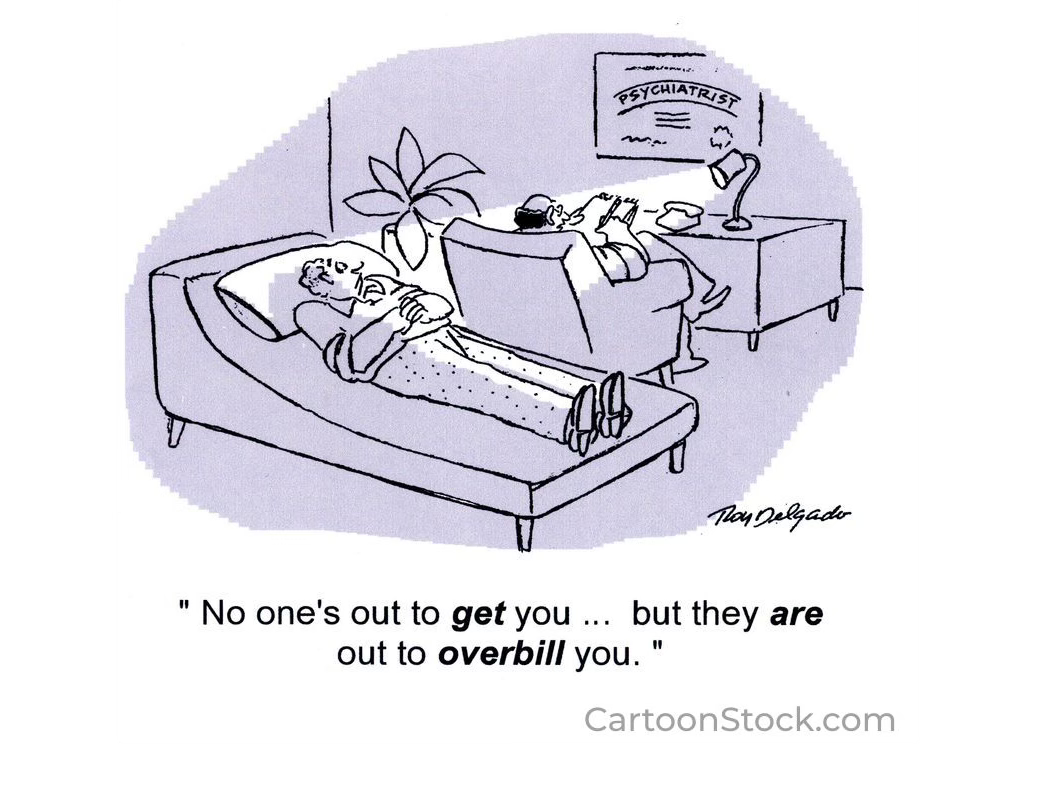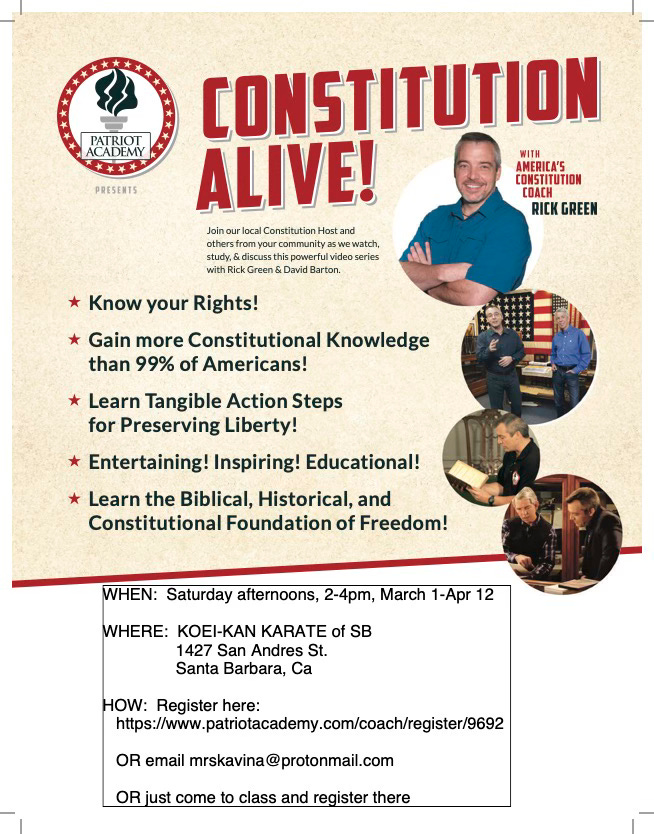A couple of weeks ago, I wrote about the fees the County of Santa Barbara charges for services. These fees can be charged for hundreds of different things, anywhere from a marriage license and birth and death certificates to restaurant and gas station inspections, along with other such things, including development permits. The county charges tens of millions of dollars in fees every year. Governments in California use the passage of Prop. 13 to justify these fees, even though that is a feeble excuse. Property tax revenue has continued to grow over time. The real problem is the tax revenue hasn’t kept pace with the salary, benefit, and pension costs of county employees, which is some $825 million per year.
Santa Barbara County has therefore gone one step further in collecting revenues via fees. The policy, which has been in place for some time, is called 100% cost recovery. What it means is that the county charges its “customers” 100% of the employee and overhead costs associated with fee-based programs. That is, the county is passing on the total cost of the employees who work on fee-based programs including vacation, holiday pay, and sick leave on top of the regular salary, benefit, and pension costs, in addition to county overhead costs.
We have been complaining about this policy for years but recently a big gun showed up to support our complaint. The county hired a subject matter expert in fee studies to review the fees charged by just one department, which is a division of the public health department. The department is proposing yet another fee increase of $1.1 million charged to restaurants, gas stations, tattoo parlors, auto repair shops, water wells, and the like. Total fees charged to some 5700 businesses would be $8.1 million if the new fee increase were to be approved.
The expert and the consultant for the study, Chad Wohlford, has over 36 years’ experience analyzing and managing government costs and operations, including 12 years of direct government management and analytical service. He has personally engaged in over 250 cost analysis studies with more than 80 different government clients (many of them for multiple projects) in at least eight states. Before founding Wohlford Consulting, Chad Wohlford was a state director of the cost services practice for a large international consulting corporation.
So, what did Mr. Wohlford have to say? His user fee study establishes the true cost of providing individual services. The most common standard for this analysis, as directed by the California Government Code, is that fees can be no greater than the “estimated reasonable cost” of providing the service for which a fee is charged. “A critical method to ensure full cost recovery rates is to establish annual billable (productive/available) hours for staff. The study reduces the full-time annual hours (2,080) for each position classification by non-billable hours, such as holiday, vacation, and sick leave, staff meetings, mandated breaks, and training.”
A Reduction in the Cost of Permits Called For
Did you read that? Non-billable hours! In a nutshell, the consultant determined that the county should not be charging the public for hours the employees are not working on the permit, such as when they are on vacation, holiday, sick leave, and training, which would lead to a 25% reduction in fees! That is because these employees are employees of the county not the public. Thereby, a restaurant owner should not have to pay for the county employee’s vacation time, or any other time when the employee is not working on the fee-based permit being charged to the owner of the business.
The consultant also highlighted something else that has been ignored by the county and many other jurisdictions having to do with private vs public benefits. A marriage license, for instance, is a private benefit; the public has no interest in the same. Hence, the newlyweds should pay for the full reasonable cost of the license. However, restaurants are inspected to protect public health, and it is the duty of the county to protect public health. Hence, the full reasonable cost of the inspections should be adjusted accordingly along this public/private benefit scale, in addition to the reduction for the non-billable hours and not charged to the restaurant owner only.
COLAB has requested an independent audit of all fee-based revenue programs because it is clear the county is charging members of the public and the business community several million dollars per year more than is reasonable in excess charges.
Please contact your county supervisor and politely ask them to do the right thing and pay for their own employer costs and their mandated duty to protect public health and safety from their general tax revenue rather than passing on all these costs to their “customers.”
You may contact the supervisors as follows:
Supervisor Roy Lee at: roylee@countyofsb.org
Supervisor Laura Capps at: lcapps@countyofsb.org
Supervisor Joan Hartmann at: jhartmann@countyofsb.org
Supervisor Bob Nelson at: Bob.Nelson@countyofsb.org
Supervisor Steve Lavagnino at: steve.lavagnino@countyofsb.org
Andy Caldwell, Executive Director, COLAB






Things Laura Capps does that we are billed for:
1) Getting her hair done.
2) Smiling into her phone when a taxpayer complains at a public meeting.
3) Talking to Jerry Roberts about her enemies list so he can call them fascists on air.
Things Laura does we are not billed for:
1) Anything she does for us who live in her district. Because she never does anything for us.
I read this article with interest as it applies to a building permit issue I had. I put a 120 square foot Tuff Shed in my back yard. A structure 120 square feet or less would not need a permit according to the city guidelines. A neighbor complained to the city about some construction going on when the shed was installed. Someone from the building dept came to my home and determined the square footage of the structure, measured incorrectly, was 122 square feet and 4 inches too high. I was told the $7,000 Tuff Shed would need to be removed or have earthquake footings put in with some additional structure reinforcement to the walls. Between paying the city fees along with an architec and surveyor the $7,000 Tuff Shed costs increased an additional $24,000. All because an inspector decided the structure was 122 square feet.
Now there are new plans by the city for creek buffer zones for any building/structure within 15 to 50 feet of the edge of the all the creeks in Santa Barbara. It is unclear what the real intent of this new legislation will be? But guaranteed the city will be charging high fees to anyone living next to a creek. Not to mention, this will reduce the value of each home. Who will reimburse the homeowners for the loss of value imposed by the city?